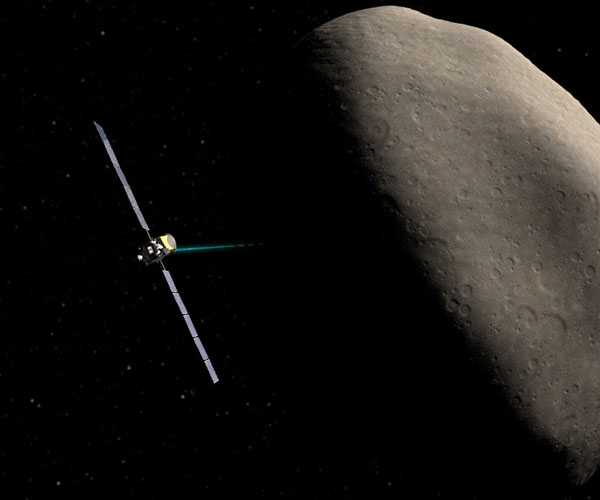Slice of History: 1944 Map of JPL
Thursday, November 1st, 2012
Each month in “Slice of History” we feature a historical photo from the JPL Archives. See more historical photos and explore the JPL Archives at https://beacon.jpl.nasa.gov/.
 1944 Map of JPL — Photograph Number HC 3-1294
1944 Map of JPL — Photograph Number HC 3-1294On October 31, NASA’s Jet Propulsion Laboratory in Pasadena, Calif., celebrated its 76th anniversary. It began with a few individuals working on the Caltech campus and testing rocket motors in the Arroyo Seco. By the time this 1944 map of “The Project” was created, JPL was supported by Army Air Corps contracts and the site included more than 50 offices, labs and test facilities.
This post was written for “Historical Photo of the Month,” a blog by Julie Cooper of JPL’s Library and Archives Group.





















